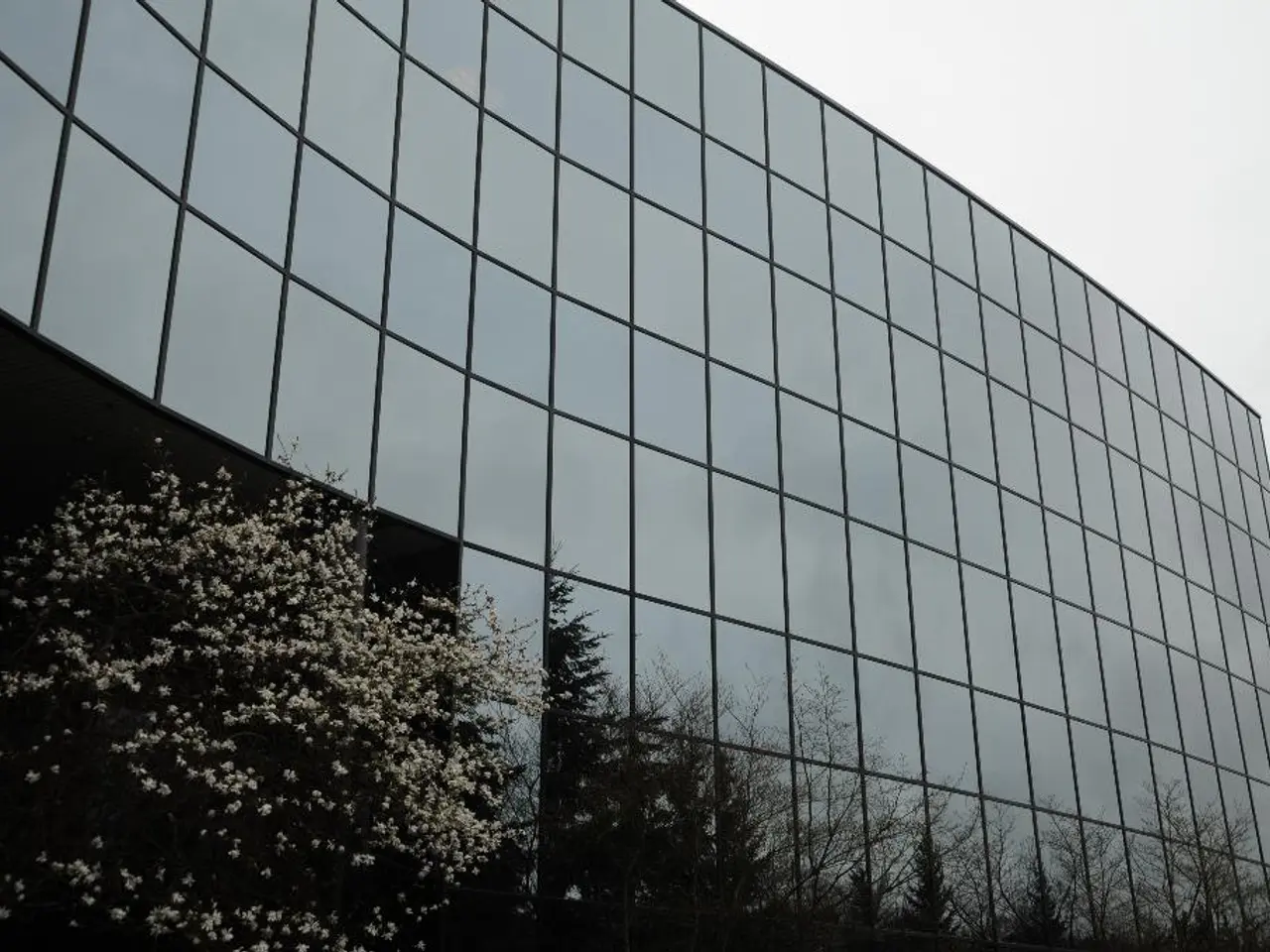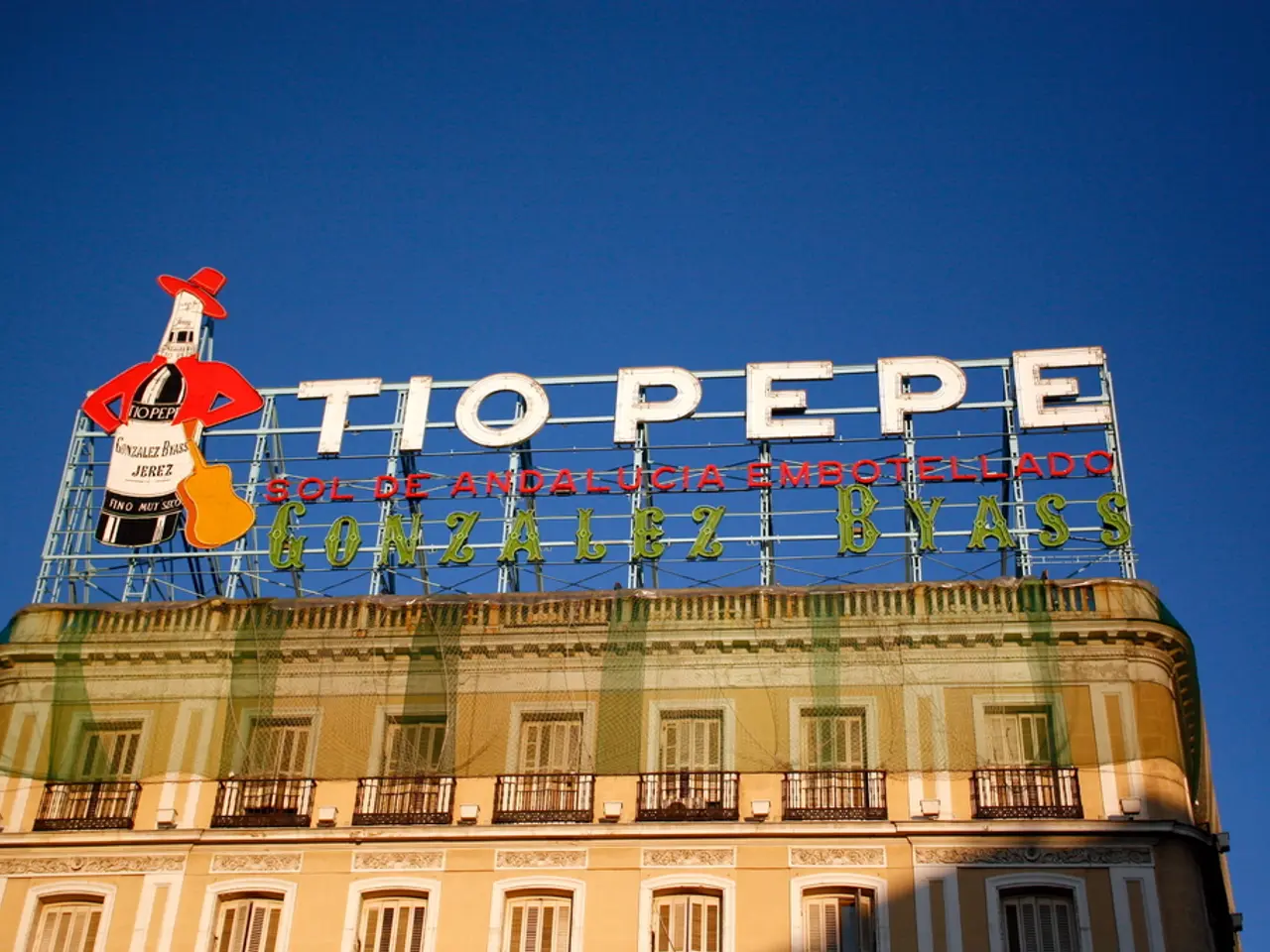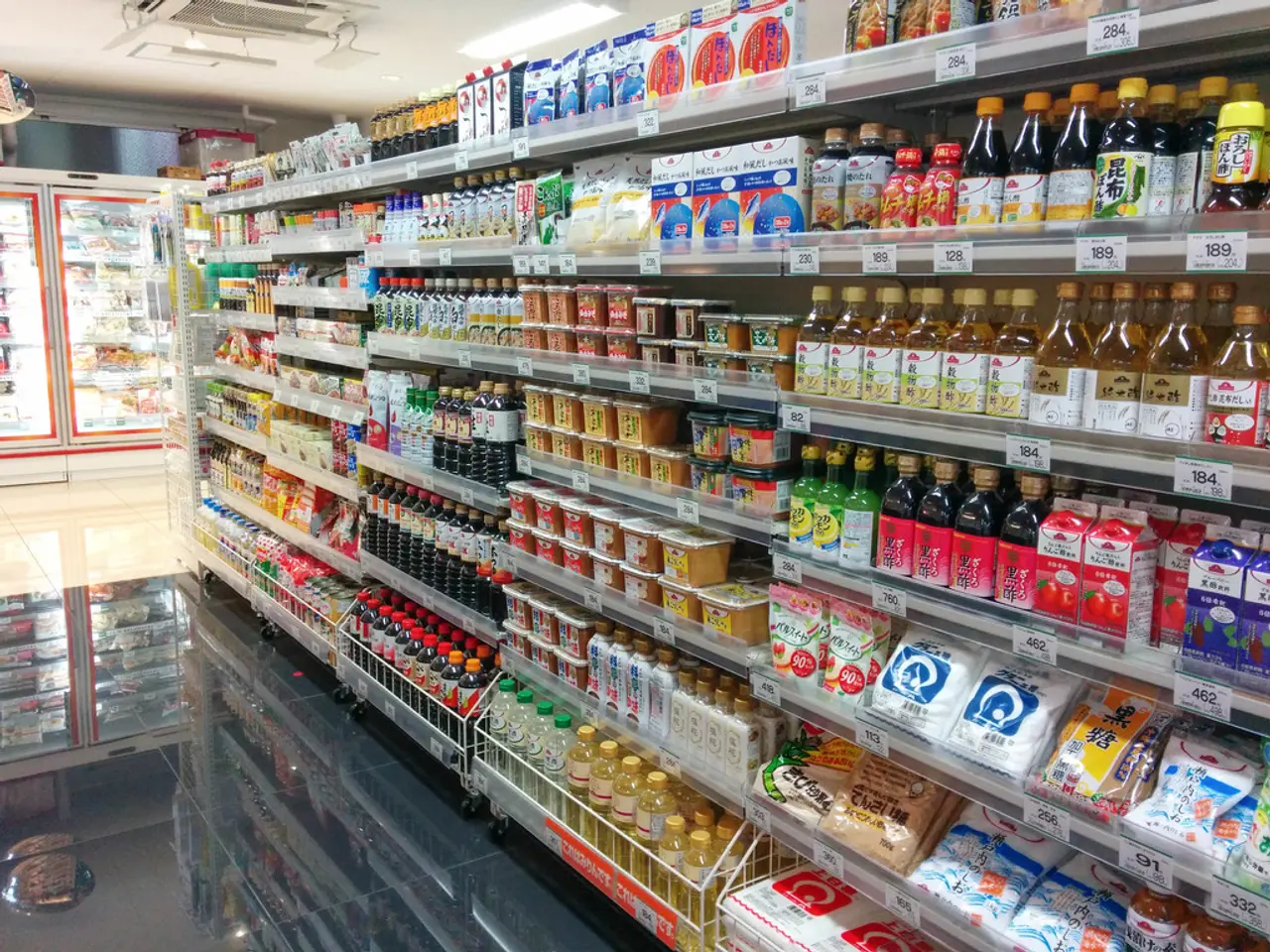Thin-Film Solar Panel Evaluation: An In-depth Look at MiaSolé's Offerings
MiaSolé's CIGS (Copper Indium Gallium Selenide) thin-film solar panels offer a unique alternative to traditional silicon-based photovoltaic (PV) panels, each with its own set of advantages and disadvantages.
Advantages of MiaSolé's CIGS Thin-Film Solar Panels
- Flexibility and Lightweight
- The lightweight and bendable nature of CIGS panels make them suitable for applications on curved or irregular surfaces, where traditional silicon panels might not be suitable.
- Better Performance in Low-Light and High-Temperature Conditions
- CIGS panels typically perform better than silicon in low-light environments and maintain higher efficiency at elevated temperatures.
- Lower Material Usage
- The use of thin-film technology can potentially reduce material costs and energy payback time during manufacturing.
- Aesthetic Integration
- The dark, uniform appearance of CIGS panels can be more visually appealing and easier to integrate into building elements.
- Potential for Lower Manufacturing Costs
- The roll-to-roll manufacturing process offers potential for scalable, high-volume production with lower capital costs.
Disadvantages of MiaSolé's CIGS Thin-Film Solar Panels
- Lower Efficiency Compared to High-End Silicon Panels
- Although CIGS efficiencies have improved, they generally have lower peak efficiency values than the best crystalline silicon panels.
- Long-Term Durability and Degradation
- Thin-film panels may have faster degradation rates compared to crystalline silicon, raising concerns about lifespan and performance over decades.
- Material Availability and Cost Fluctuations
- CIGS contains rare elements, which can be subject to supply constraints and price volatility.
- Lower Market Penetration and Established Ecosystem
- Silicon PV dominates the market, benefiting from mature supply chains, standardized installation procedures, and broad acceptance.
- Module Size and Weight Considerations
- Although lightweight, the flexible substrates sometimes limit module size and power output per panel, requiring more panels or larger mounting areas for the same power output.
Summary
| Aspect | MiaSolé CIGS Thin-Film | Traditional Silicon PV | |------------------------|-------------------------------|-------------------------------| | Efficiency | Lower to medium (~15-18%) | Higher (~20-23%) | | Flexibility | Flexible, lightweight | Rigid, heavier | | Performance in Heat & Shade | Better | Drops more significantly | | Manufacturing Cost | Potentially lower (roll-to-roll) | Mature but energy/material intensive | | Durability | Proven but less time-tested | Very well established | | Material Availability | Uses rare elements | Abundant silicon | | Visual Aesthetics | Uniform dark flexible panels | Rigid with grid lines | | Market Penetration | Niche applications | Mass market, widespread adoption |
If your project benefits from flexible form factors, light weight, and good low-light performance, MiaSolé’s CIGS thin-film panels can be a strong choice. For maximum efficiency, long-term reliability, and the lowest installed system cost, traditional silicon PV is still the dominant option.
MiaSole typically sources solar panels for the U.S. and European markets from its Santa Clara headquarters. For solar installation decisions and information about thin-film solar panels, 8MSolar, a local solar installer in North Carolina and Virginia, with over two decades of experience in the solar industry, is available for contact.
- MiaSolé's CIGS thin-film solar panels, composed of Copper Indium Gallium Selenide, offer a unique alternative to traditional silicon-based photovoltaic (PV) panels, capitalizing on their flexibility and lightweight nature.
- Solar energy derived from MiaSolé's CIGS panels demonstrates better performance in low-light and high-temperature conditions compared to traditional silicon PV panels.
- The use of thin-film technology in CIGS panels can potentially reduce material costs and energy payback time during manufacturing, making them a cost-effective choice for solar system installations.
- The solar sector benefits from advancements in science and technology, as seen in MiaSolé's CIGS thin-film solar panels, which combine photovoltaic principles with innovative manufacturing techniques.
- Despite the advantages of CIGS panels, it's essential to consider their long-term durability, potential for faster degradation rates, and dependence on rare elements when evaluating renewable energy solutions for various applications.




